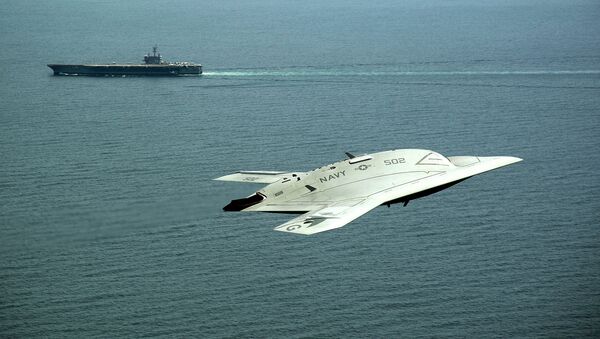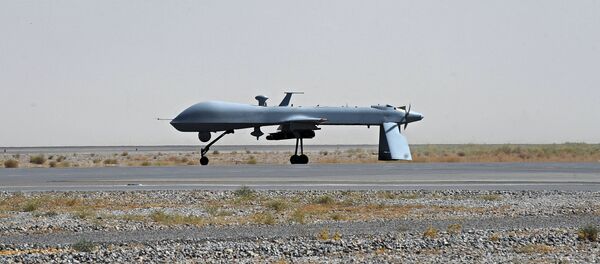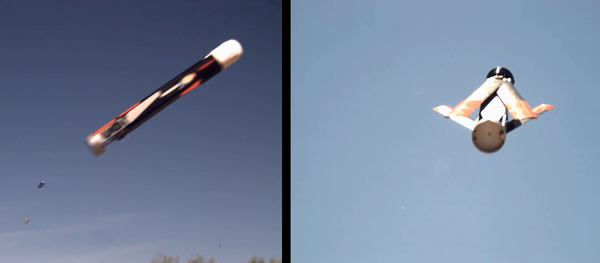The Navy planned to begin soliciting bids for the project, called the Unmanned Carrier Launched Airborne Surveillance and Strike System (UCLASS), last year. The effort was delayed until 2016 due to questions over whether or not the drones would be stealthy enough to conduct both surveillance and strike missions.
Manazir stated that he is not sure when the Navy will begin to solicit bids on the project from outside companies.
“The UCLASS RfP has been ready to release now for over a year, we should have it on the street. We have lost this time to put that technology to work. That’s where my frustration is,” Manazir stated.
Boeing, General Atomics Aeronautical Systems Inc., Lockheed Martin Corp., and Northrop Grumman have already received contracts valued at $15 million for preliminary design review.
Northrop Grumman built the experimental X-47B, the first unmanned system to both take off and land on an aircraft carrier, in 2013. Manazir said that they are also considering adding more funding to that program.
“We’re doing a business case analysis right now about if you put more funding in the X-47B, whether you can get any more out of the original design,” he stated. “We continue to fund the other elements of this besides the air system itself, so we’re still able to advance the technology that will allow us to operate unmanned systems from our carriers and also from the carrier strike group.”
The event Manazir spoke at was organized by an advocacy group called the Navy League of the United States, based in Arlington, Virginia. The event was aimed at highlighting funding shortcomings with the fleet, despite having a base budget higher than any other branch.
“If you look at it in comparison to other services, the Navy is in good shape,” Manazir stated. “It’s more about how much money the Navy should be getting relative to the demands being placed on the service.”




